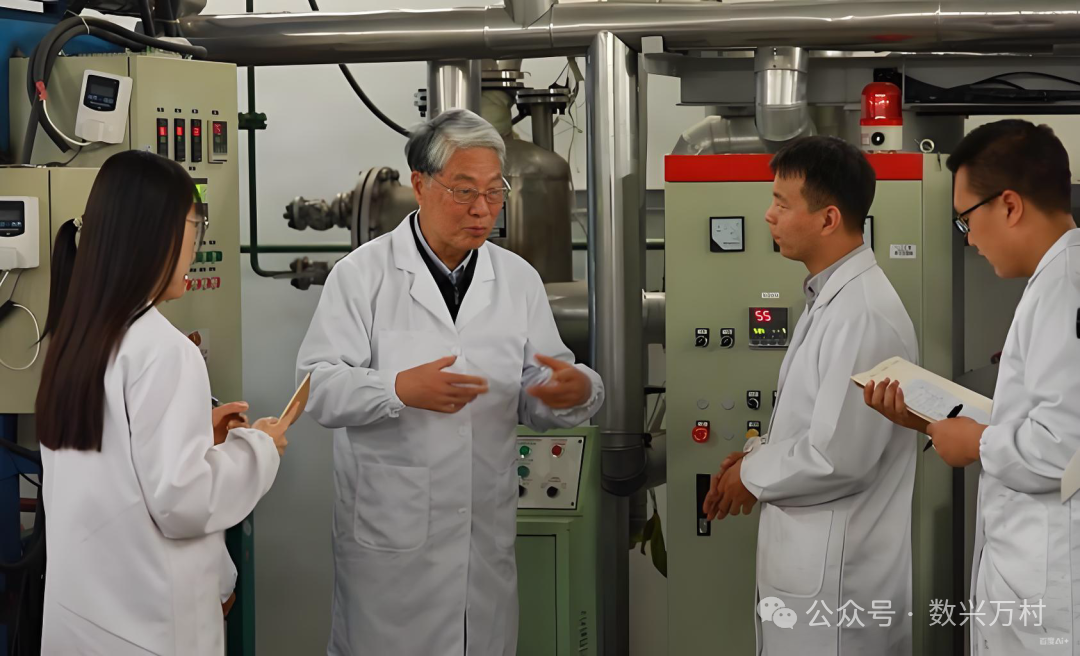In the world of materials science, polylactic acid (PLA) is undergoing a fascinating "molecular transformation".
"Even with the same type of polylactic acid, why is one kind highly heat-resistant while another becomes 'soft' when exposed to heat?" This might be a question that many purchasers, researchers, and even investors have in their minds.
The answer lies within the four words "optical purity". This seemingly microscopic indicator is actually the key factor that determines the performance of polylactic acid, especially the difference in melting point.
01 From Lactic Acid to Polylactic Acid: A Molecular Chirality Game
To understand optical purity, we must first delve into the microscopic world of the lactate molecule.
The lactate molecule has a "chiral center", similar to a person's left and right hands, which look exactly the same but cannot completely overlap. This results in the existence of two mirror-image lactate molecules: L-lactate and D-lactate.
They are like the "left-handed" and "right-handed" molecules in the molecular world. Their chemical compositions are exactly the same, but their spatial structures are completely different.
When we connect thousands of lactate molecules side by side, we obtain polylactic acid (PLA). The "chirality purity" of the monomers used directly determines the "orderliness" of the final polymer chain.
02 Optical Purity: The "Orderliness" Parade of the Molecular Team
Optical purity essentially describes the proportion of L-lactic acid in the mixture.
We can envision a polylactic acid sample as a group of molecules that are undergoing a military parade:
· Optical purity > 99%: This is almost an all "left-handed" (L-lactic acid) marching band. All the molecules are in perfect harmony, arranged neatly and orderly.
· Optical purity ≈ 50%: This is a mixed brigade with half "left-handed" and half "right-handed" elements. The team is full of bumps and clashes, and is in a chaotic state.
These two completely different team states directly determine the crystallization ability of polylactic acid materials.
03 Crystallization Ability: How Molecules "Sit Side by Side and Eat Their Fruits"
Crystallization is the process by which polymer chains, starting from an unordered and disordered state, are orderly arranged into an ordered structure. It can be imagined as taking a tangled ball of wool and organizing it into a neat ball of yarn.
· High optical purity (parade formation): All the molecular structures are identical and oriented in the same direction. They can easily closely approach each other, neatly fold and arrange, forming a perfect and stable crystal structure.
· Low optical purity (mixed formation group): The D-lactic acid unit is like an "outlier" in the team. Its addition will disrupt the regularity of the molecular chain. Just like a wrong note will disrupt the harmony of the entire melody, these "outlier" molecules seriously hinder the formation and improvement of the crystal structure.
The conclusion is quite simple: The higher the optical purity, the stronger the crystallization ability of polylactic acid and the higher the crystallinity.
04 The Ultimate Mystery of Melting Point: Why Does Breaking Up "Order" Require More Energy?
Now, we come to the most crucial question: Why does a higher degree of crystallinity lead to a higher melting point?
The melting point can be understood as the temperature at which an ordered solid crystal transforms into an unordered liquid melt.
Imagine that you need to split two teams apart:
· Disintegrating "mixed team" (low crystallinity): This team is already quite loose, with members not closely connected and acting independently. You don't need to expend much energy (heat) to make them "disintegrate" into a disordered state (melted state).
· Disintegrating "guard team" (high crystallinity): This team has a tight structure and strict discipline, with strong intermolecular forces. You must provide higher energy (higher temperature) to break the strong connections between them and eventually make them "disintegrate".
In polylactic acid, a higher degree of crystallinity means that there are stronger and more intermolecular forces between the molecular chains. To break this stable and powerful crystal network, a higher temperature is naturally required - this is the fundamental reason why high optical purity leads to a high melting point.
05 Practical Impact: A Leap in Performance from "Industrial Grade" to "Medical Grade"
Having understood this, it becomes easy to comprehend why the applications of polylactic acid with different optical purities vary so greatly.
· Ordinary industrial-grade PLA: The optical purity is relatively low, and the melting point is usually between 150-160℃. It is commonly used for injection molding products, fibers, films, etc., which do not require high heat resistance.
· High-performance/medical-grade PLA: The optical purity is extremely high (>99.5%), and the melting point can be increased to 170-180℃ or even higher. This enables it to be used for:
· Medical devices that require high-temperature sterilization.
· Heat-resistant tableware and packaging for electronic components.
· Strong biomedical materials (such as bone screws, sutures).
From the eco-friendly lunch boxes on the dining table to the absorbable stents inside the body, all these performance differences stem from the "order" struggle in that invisible molecular world.
In materials science, "purity" is not just a virtue but also a force. The next time you hold a heat-resistant PLA coffee lid in your hand, or learn about a heart stent made of PLA, you will understand that behind this is an ultimate battle at the molecular level between "orderliness" and "chaos".
And the wisdom of human technology lies in the fact that it creates the ultimate "purity", thereby endowing ordinary materials with extraordinary properties.
Message








